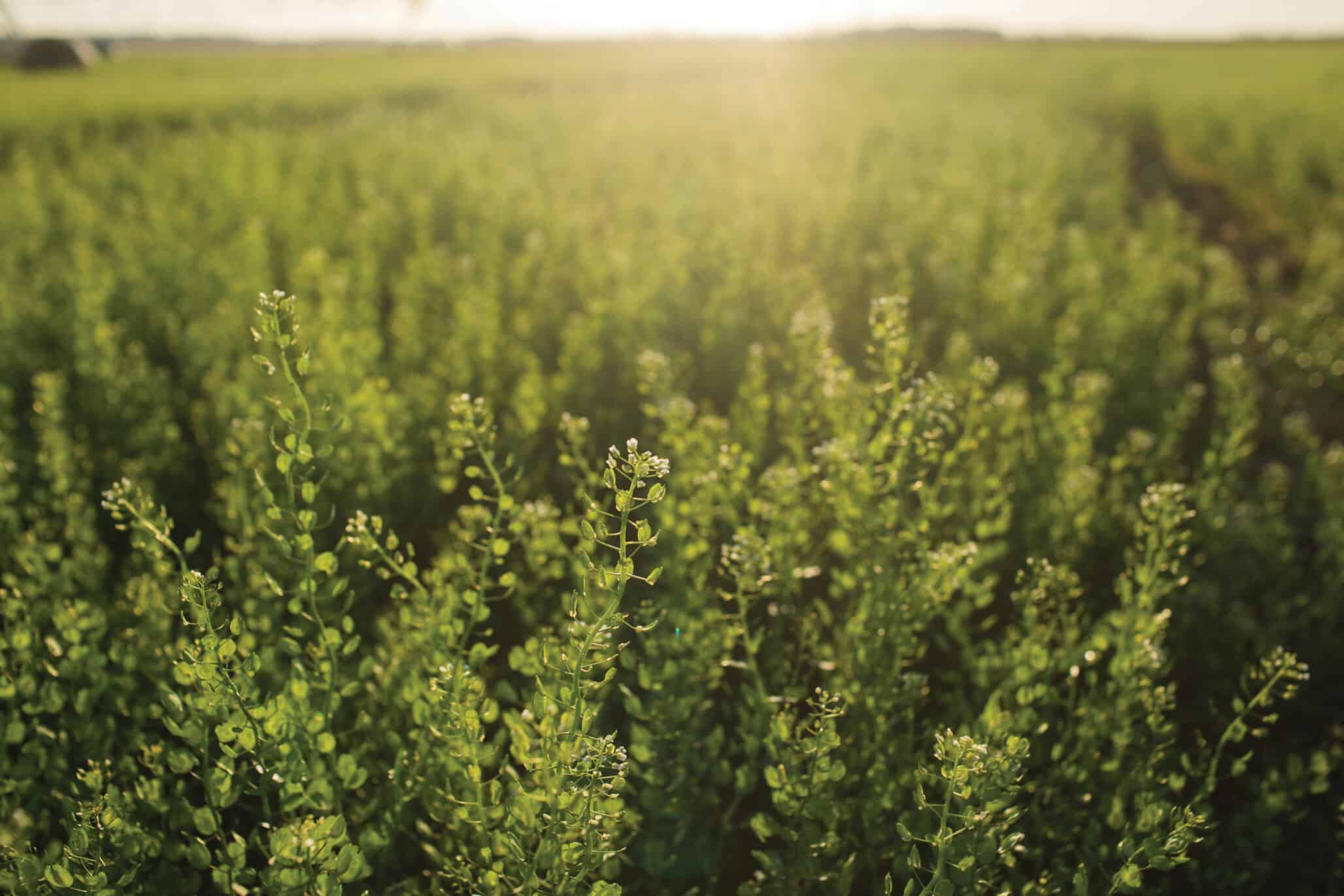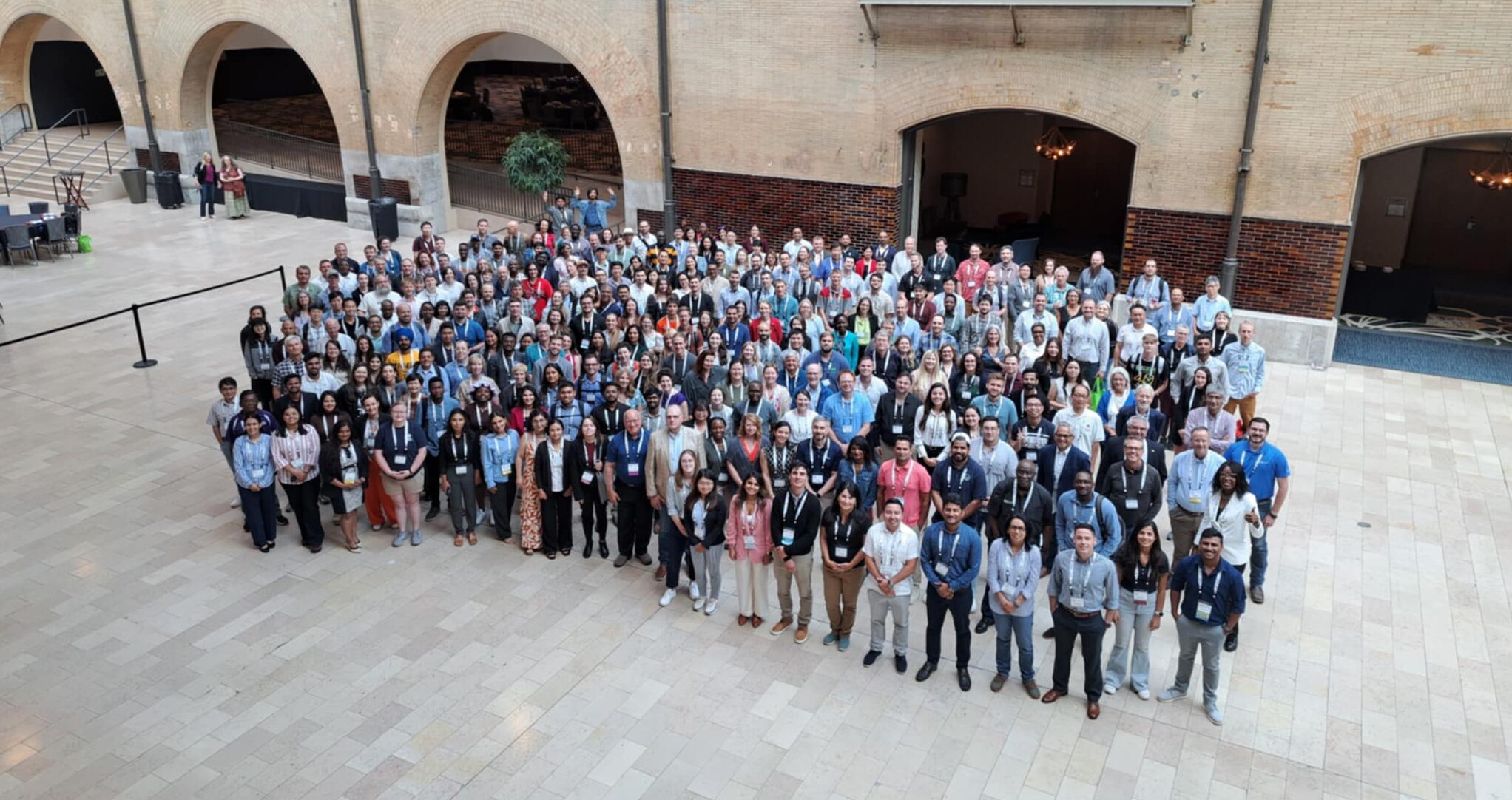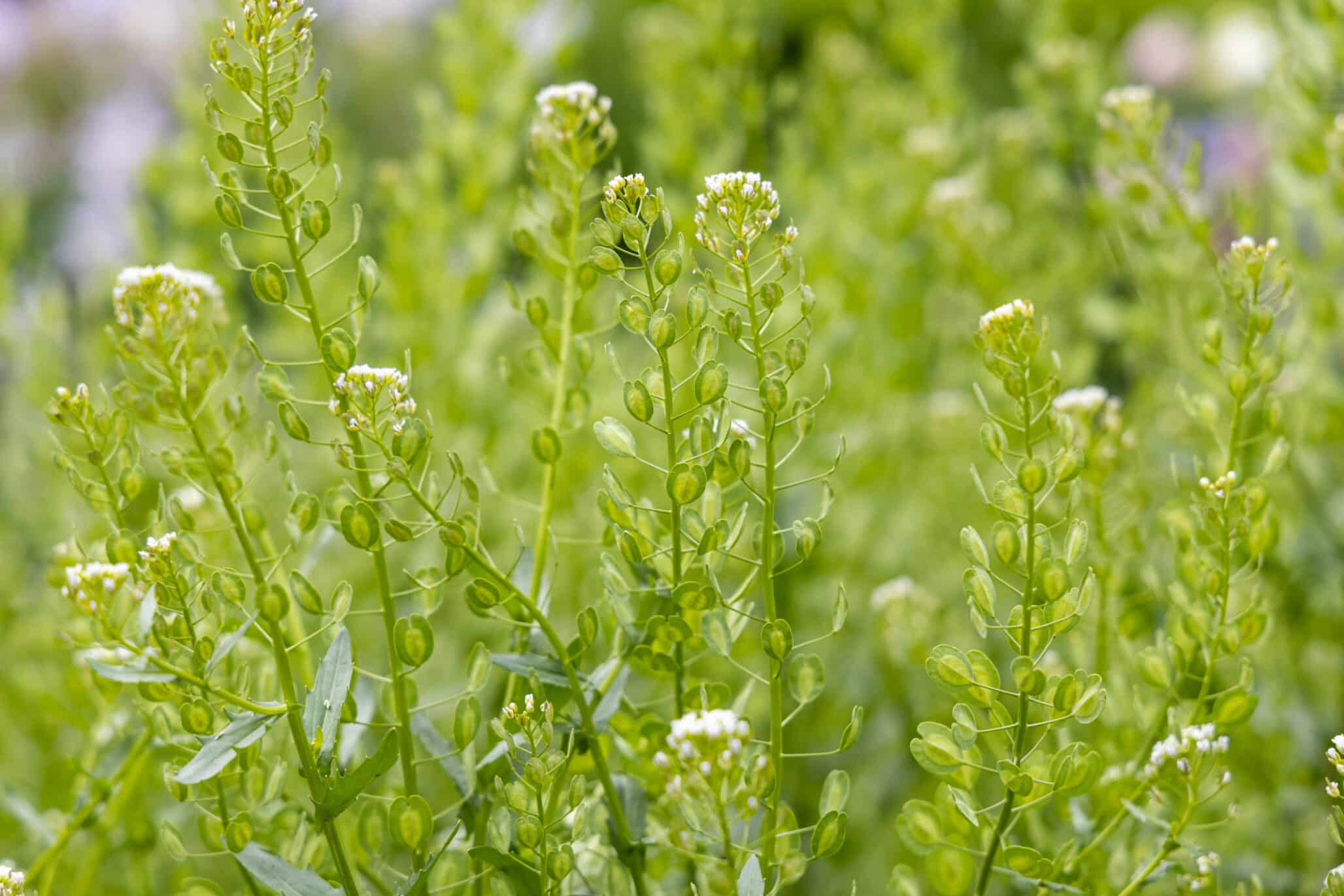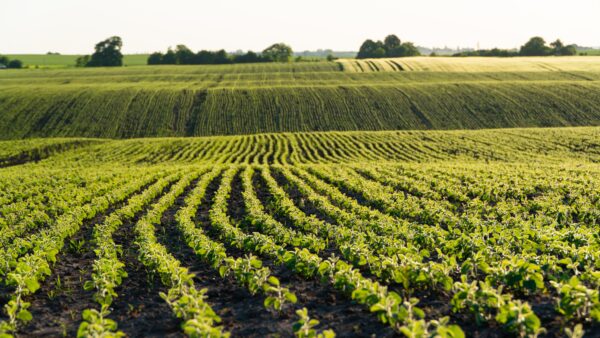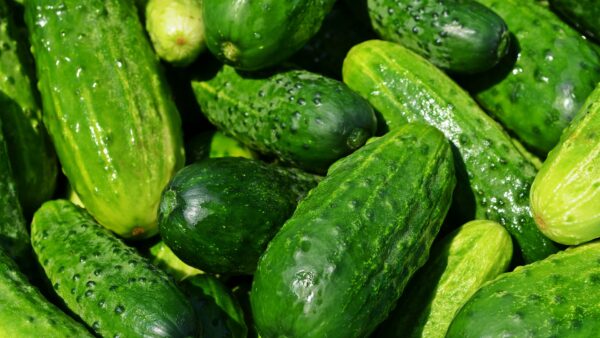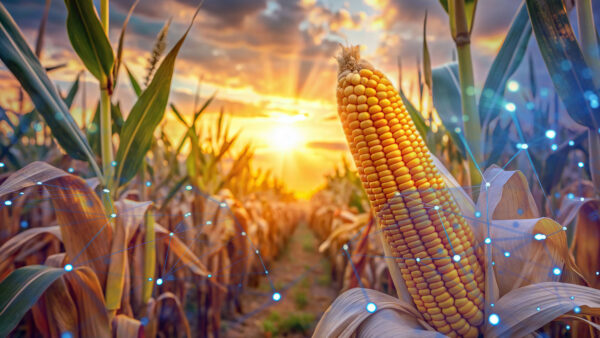
Pennycress is a flowering plant in the cabbage family Brassicaceae. Kevin Cook is part of the breakthrough in transforming it into a viable crop. As VP of breeding for the Missouri-based CoverCress, his team has made some huge gains.
“We’ve taken what was essentially a weed and turned it into a plant that can germinate, establish a stand, and yield well,” Cook explains. He emphasized that beyond the plant itself, building a system to capture value is crucial. “That’s absolutely required to make a crop successful.”
CoverCress aims to increase production sustainability without expanding the agricultural footprint—a bold ambition. “The biggest thing is making it convenient for farmers,” Cook said in an interview at the recent meeting of the National Association for Plant Breeding held in St. Louis.
“The people we’ve worked with are super excited to have the opportunity to gain some of the benefits of cover crops. But it’s not easy right now to deliver that grain. We work really closely with them to handle the off-take part, and that’s probably the biggest issue with expansion—getting the systems in place so farmers have options nearby to deliver the grain and deal with that off-take situation.”
With soybean oil dominating the biodiesel space, Cook acknowledges the challenges of expanding CoverCress in such an environment. “Currently, more than 40% of all feedstock is coming from soybeans, but there’s so much demand projected that soybeans can’t possibly meet it all,” Cook notes. “Farmers’ fields are sitting dormant during the winter, and we think we’ve got the perfect way to fit into that — taking advantage of an existing resource without negatively impacting the crops currently being grown. It gives us that feedstock to grow the biofuels market.”
Regarding regulatory challenges and herbicide use, Cook dove into the complexities involved. “There’s a lot more regulation than most people realize, and fitting into the whole cropping system presents challenges. For corn or soy, there’s already labeling that allows planting after certain herbicides or fungicides are used on a preceding crop,” he explains. “Pennycress hasn’t been grown on a large scale, so there are very few labels that incorporate it. We’re working to establish the data needed for those systems.”


